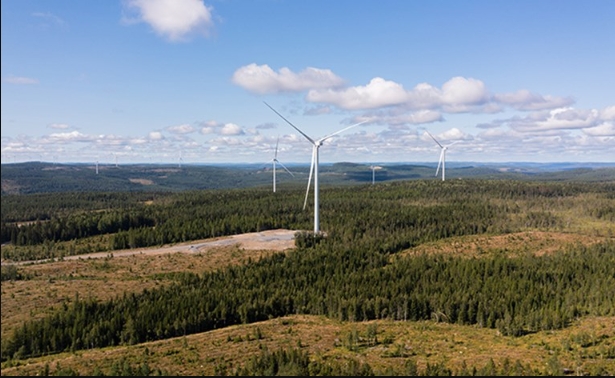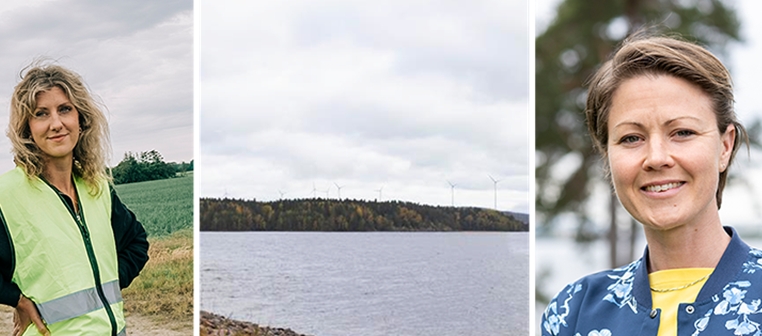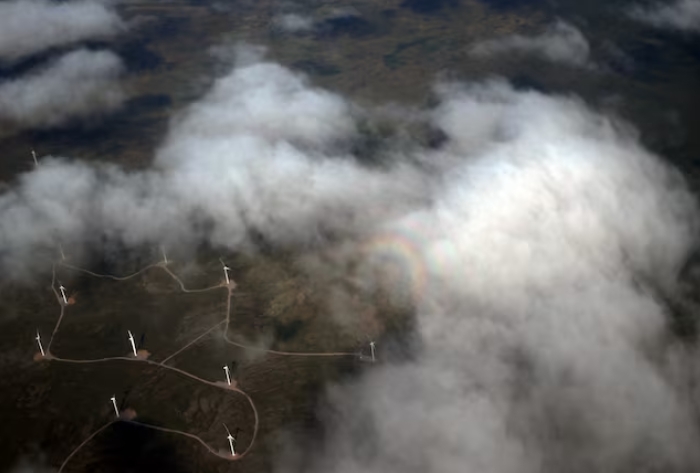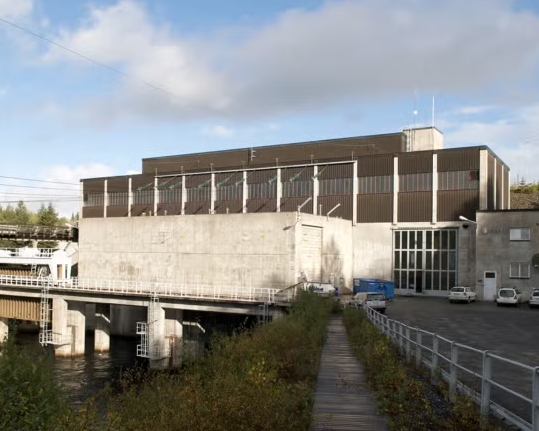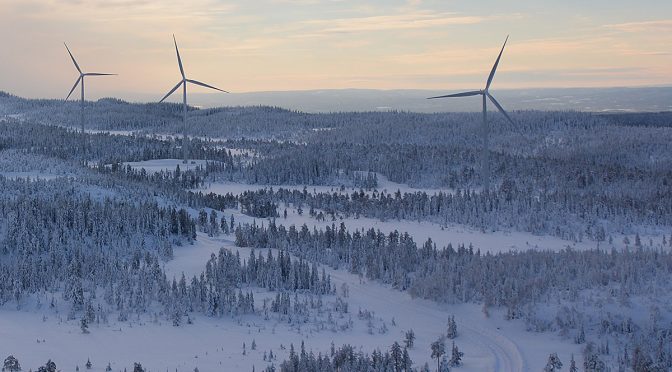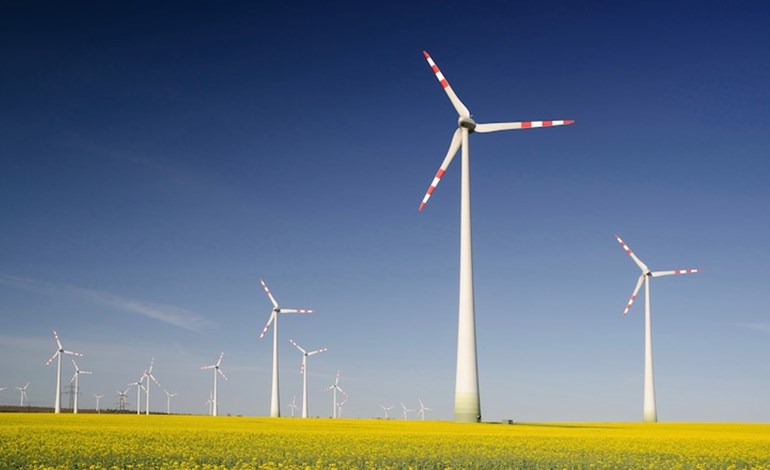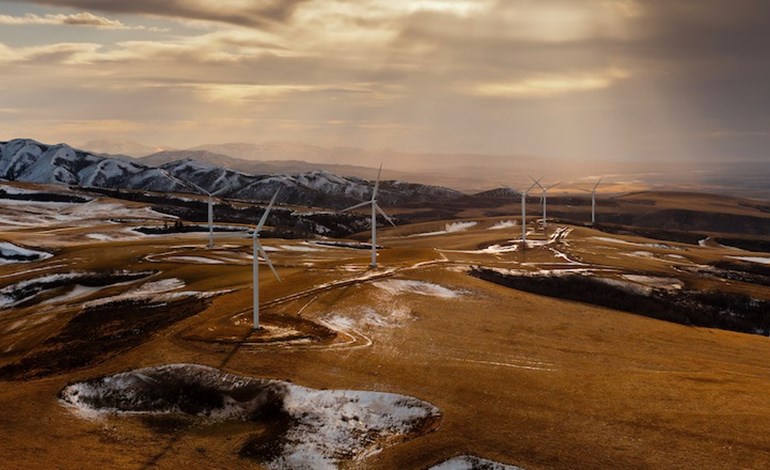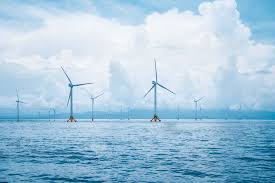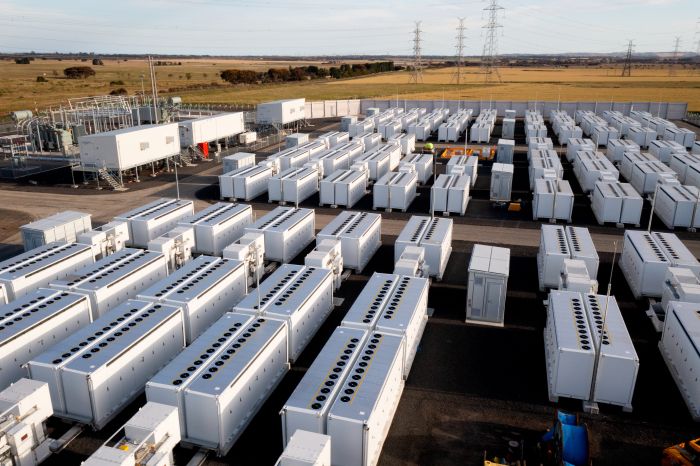
The Australian government is funding a trial of grid inertia measurement at the Victorian Big Battery, aiming to develop real-time, accurate assessments of the status of the network.
Thermal power plants – mainly coal – are due for widespread retirement across the country in the coming years. As well as replacing their energy capacity, one of their secondary functions, to provide inertia to maintain stability of the grid, also needs to be replaced.
Reactive Technologies, provider of a claimed ‘first-of-its-kind’ suite of measurement tools for grid function, has been awarded AU$1.43 million (US$0.96 million) by the Australian Renewable Energy Agency (ARENA) for the trial, which will run until March 2024.
The tech company, founded in Finland and the UK with offices in the US and Australia, is equipping the Victorian Big Battery with its GridMetrix data analysis software, and placing its Extensible Measurement Units (XMUs) on the grid.
Signals will be sent into the grid from the battery energy storage system (BESS), which at 300MW/450MWh is currently Australia’s largest asset of its type. The Reactive Technologies software will analyse data from the signals the XMUs measure, and the Australian Energy Market Operator (AEMO), overseer of the National Electricity Market (NEM) will be able to view real-time inertia values.
The Victorian Big Battery utilises Tesla Megapack BESS units and went online in December 2021.
The trial will be conducted in partnership with AEMO, supported by the Victorian state government’s Department of Energy, Environment and Climate Action (DEECA), University of Melbourne’s Melbourne Energy Institute, as well as the BESS’ developer-owner, French independent power producer (IPP) Neoen.
‘Inertia measurements vital to enable more renewables’
The project ties in neatly with another, much bigger programme ARENA is currently running.
Inverter-based energy technologies like solar PV and wind can provide so-called ‘synthetic inertia’ or ‘virtual inertia’ to the grid: instead of the inertia coming physically from the large rotating mass of synchronous generators at thermal power plants, it can be delivered through inverters.
In a February 2022 Guest Blog for Energy-Storage.news, Blair Reynolds then-product manager for SMA Americas, explained how it works:
Reynolds said inertia “refers to the natural resistance of the system to changes in frequency which could drop if a large power plant or transmission fails”.
“It’s the inertia within the system which gives the power grid time to rebalance supply and demand by reducing the rate of change off frequency following an unexpected event. Inertia is an excellent indicator of the resiliency of the system to sudden changes,” Reynolds wrote.
Not only can inverter-based resources quickly detect frequency deviations and respond to system imbalances, they can also mimick the role of traditional generators in providing that required inertia.
That takes the assets from being ‘grid-following’ i.e., relying on “fast synchronisation with the external grid to tightly control their active and reactive current outputs,” to ‘grid-forming’.
By equipping BESS plants with advanced inverters, battery assets can play that role too. ARENA is helping to fund eight large-scale battery storage projects totalling 2GW/4.2GWh that will be kitted out with grid-forming advanced inverter capabilities.
The agency made that selection in December 2022 from 54 applications received. While it had originally earmarked AU$100 million for the programme, ARENA decide to up that funding level to a total AU$176 million.
Grid-forming capabilities can be retrofitted too. A few months before that, an advanced inverter upgrade of Hornsdale Power Reserve in South Australia, another Neoen-Tesla project, was completed. Hornsdale Power Reserve, a 150MW/193.5MWh asset that does various other applications like frequency control ancillary services (FCAS) can now also provide 2,000MW of inertia which is equivalent to a predicted 15% of the entire South Australian grid’s requirement.
Reactive Technologies said that with two-thirds of Australia’s coal fleet expected to go out of service by 2040, it becomes more difficult to track and assess the grid’s inertia with legacy tools. The company’s measurement tools will be assessed during a range of conditions, including high solar, high wind and high demand periods in Victoria.
“Continuous measurement of inertia will become highly valuable as it will allow less conservative grid operation and ultimately the ability to accommodate more non-synchronous generation such as solar and wind,” ARENA CEO Darren Miller said.
“Reactive Technologies’ measurement tools could change the way the NEM is managed. With real-time data available to AEMO, they could also then optimise customer-side generation which has been proven to contribute as much as 30% of total inertia to the National Grid in the United Kingdom.”
Energy-Storage.news’ publisher Solar Media will host the 1st Energy Storage Summit Asia, 11-12 July 2023 in Singapore. The event will help give clarity on this nascent, yet quickly growing market, bringing together a community of credible independent generators, policymakers, banks, funds, off-takers and technology providers. For more information, go to the website.
